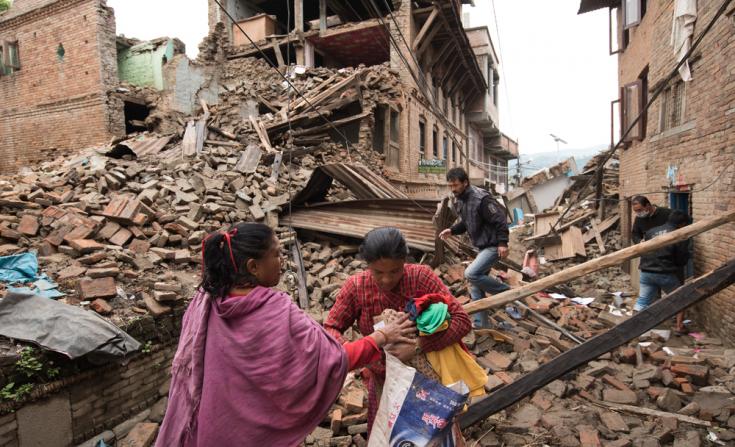The recent earthquakes in Nepal bring to mind inevitable questions about what type of community planning might have prevented the worst of the damage and chaos.
The answer for Nepal is a complicated one, which stretches beyond my experience with either the country or the disciplines of civic planning comprising potential solutions.
One of the key concepts from ecology is resilience, the ability to maintain or regain equilibrium in the face of such disruptions.
The renowned ecologist C.S. Holling defined the resilience of an ecosystem in 1973 as the “Measure of the persistence of systems and of their ability to absorb change and disturbance and still maintain the same relationships between populations or state variables.” Others have elaborated to include the retention of function, structure and feedbacks, all of which form a system’s identity.
Clearly, all three of these parameters have been severely compromised in Nepal’s built environment, with over 8,000 killed, 2 million displaced and rebuilding costs set at $10 billion. It will remain to be seen what lasting effects this has on a society known for its own special brand of resilience.

